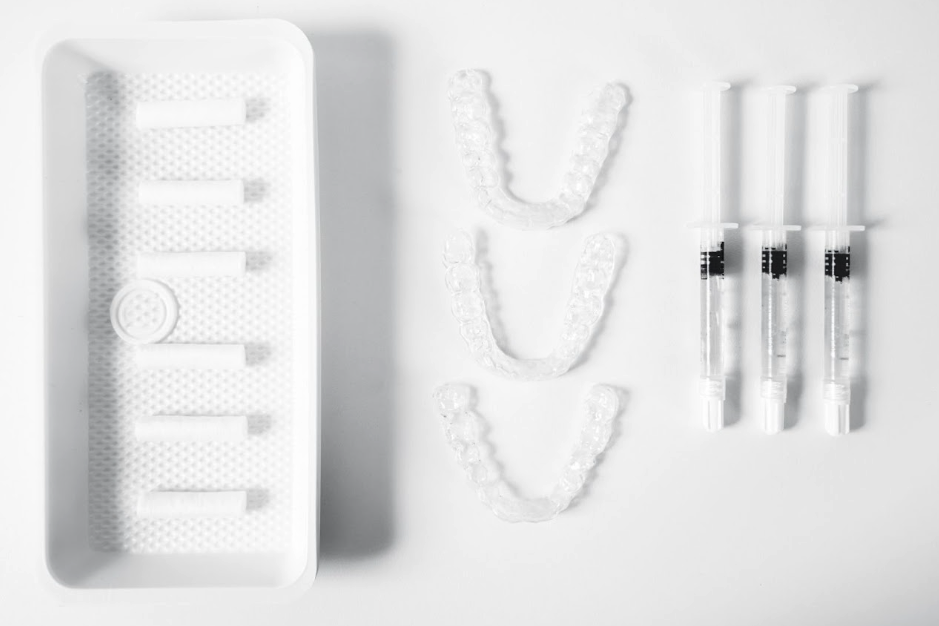Introduction
Sustainability is not a trend you can ignore anymore. Patients expect brands to make responsible choices, and dental practices are no exception. But eco-friendly packaging should not compromise protection. The good news is you can have both. Custom dental aligner packaging now comes in recyclable, compostable, and PCR options that protect trays while reducing environmental impact. Let’s walk through practical choices that keep aligners safe and demonstrate real environmental care.
Why sustainability matters for dental brands
Patients notice packaging choices, especially if they care about the environment. Choosing eco-friendly materials signals that your clinic or brand thinks beyond profit. It builds trust and aligns with broader patient values, which can influence referrals and loyalty.
What this really means is sustainability is both a values decision and a patient-experience decision. You’re telling patients you care about long-term wellbeing, not just short-term convenience.
Material options that work
There are three sensible routes for eco-minded packaging: recyclable plastics, compostable materials, and packaging using post-consumer recycled content.
Recyclable plastics offer protection and clarity. They keep aligners visible while fitting into existing recycling streams when disposed of correctly. Compostable pouches made from plant-based films reduce reliance on fossil fuels, but they need proper industrial composting or clear disposal instructions to avoid confusion.
Packaging with post-consumer recycled (PCR) content uses material that was already in circulation. It often carries a slightly different texture or color but is a strong environmental choice that maintains durability.
Custom dental aligner packaging can be engineered with any of these options. The key is matching the material to your distribution and disposal realities.
Design for recyclability and reuse
Design choices affect how recyclable packaging actually becomes recyclable. Avoid mixed materials that are hard to separate in recycling facilities. Single-material pouches or boxes with easily removable labels improve outcomes.
Encouraging reuse makes an immediate impact. A resealable pouch designed to be reused as a storage case reduces waste and keeps aligners clean. Add clear recycling instructions or a note about materials on the package so patients know how to dispose of it responsibly.
Balancing protection and sustainability
The core requirement remains protection. Eco-friendly materials must not compromise the mechanical integrity needed to protect aligners. That means testing alternative films and boxes under realistic shipping and storage conditions.
Work with suppliers to test compostable or recycled materials for puncture resistance, seal strength, and barrier properties. If a sustainable material passes functional tests, it’s worth adopting.
Communication: be honest and clear
Greenwashing is real and patients will notice vague claims. If you use recyclable film, say exactly what it is and how to recycle it. If your pouch is compostable, explain where it can be composted. Transparency builds trust. Use clear icons and a short instruction line to guide disposal.
Custom dental aligner packaging that clearly communicates its sustainability credentials strengthens patient perception and reduces confusion at disposal.
Cost and supply chain realities
Sustainable materials can be more expensive, especially at low volumes. But costs are declining and options like PCR content are becoming more affordable. Also consider the lifetime value: sustainable packaging can become part of your brand story, supporting retention and referrals.
Plan ahead for supply chain variability. Ask suppliers about lead times and minimum order quantities for eco materials. It’s practical to phase changes in rather than switching everything at once.
Practical steps to implement sustainable packaging
Start small. Pilot a sustainable pouch for refill shipments or offer an option for patients who request greener packaging. Measure feedback, check return rates and track any changes in complaints or satisfaction.
Train your team to explain the new packaging choices. Patients will appreciate a quick, honest explanation of why you made the change and how to dispose of the package properly.
Conclusion
Sustainability does not have to be a trade-off with protection. Custom dental aligner packaging can be both eco-friendly and effective when you choose the right materials, design for recyclability, and communicate clearly with patients. Small steps like switching to recyclable films or adding PCR content can make a measurable difference while reinforcing your brand’s integrity. Protect the aligners and protect the planet, you can do both, and patients will notice.

